
On Jan. 16, 1942, Carole Lombard was best known as a screwball comedy actress. But not only was Lombard the highest paid actress of her time—starring in movies such as Twentieth Century, My Man Godfrey and Hitchcock’s Mr. & Mrs. Smith—she was also an outspoken New Deal Democrat, a supporter of FDR and the ongoing war effort.
That day, 75 years ago, she had just completed a major fundraising effort, raising over $2 million on her War Bond Tour. War bonds, created by U.S. Treasury department, allowed everyday Americans to invest in the war effort as well as their own futures, as the bonds supported the war in the short-term but could be cashed in for their full value a decade later. She had traveled to her home state of Indiana with her mother, Elizabeth Peters, and the press agent Otto Winkler—who worked with her husband, Clark Gable—for a three-day event to encourage citizens to buy those bonds.
But instead of returning home to California, they met an unfortunate and untimely death when the plane they were on, Flight 3, crashed into the side of the treacherous Mount Potosi in Nevada.
By all accounts, Carole Lombard should not have been on this plane in the first place. She had been advised to take a train home, given problematic weather and wartime fears, but insisted on flying instead. According to the coverage in the Jan. 26, 1942 issue of LIFE, “She told LIFE’s Photographer Myron Davis that though she had been strongly urged to return to Hollywood by rail, she had found herself unable to face three days on the ‘choo-choo train.’”
Experience Pearl Harbor in virtual reality with LIFE VR
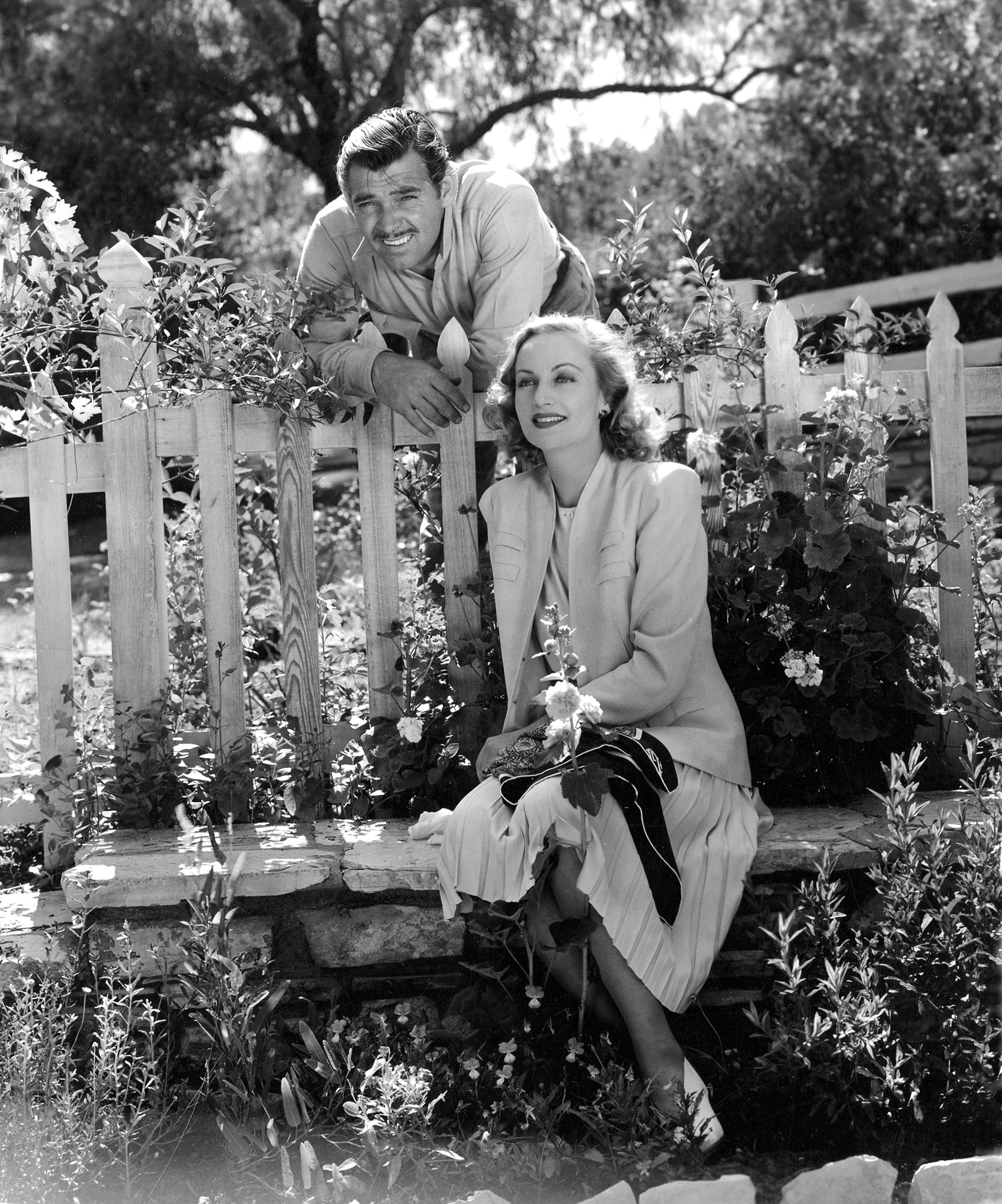
The crash was surrounded by mystery at the time. Why did an experienced pilot crash into the mountain, observers wondered? Was it just an accident? Or, given that the U.S. had been attacked at Pearl Harbor just a month earlier, was it something even darker? Had Lombard, the war-effort activist, been sabotaged by German spies?
Another mystery was why Lombard really decided she had to fly. One theory indicates that her hurry to get home was due to a possible affair between her husband and Lana Turner. According to author Robert Matzen, “At the end of January 15, 1942, she decided she had done her duty – and now it was time to take care of Carole Lombard by getting home to her carousing husband by the fastest means possible. That meant air travel, something expressly forbidden because of the fear of accidents in wintry weather or sabotage by Hitler’s spies. To which the response was predictable: Kiss my ass.”
In the new trade paperback of Fireball: Carole Lombard and the Mystery of Flight 3, Matzen takes a deep dive into the life of Carole Lombard and the other passengers and pilot on Flight 3 with an expanded section of photos, many of them included in this gallery.
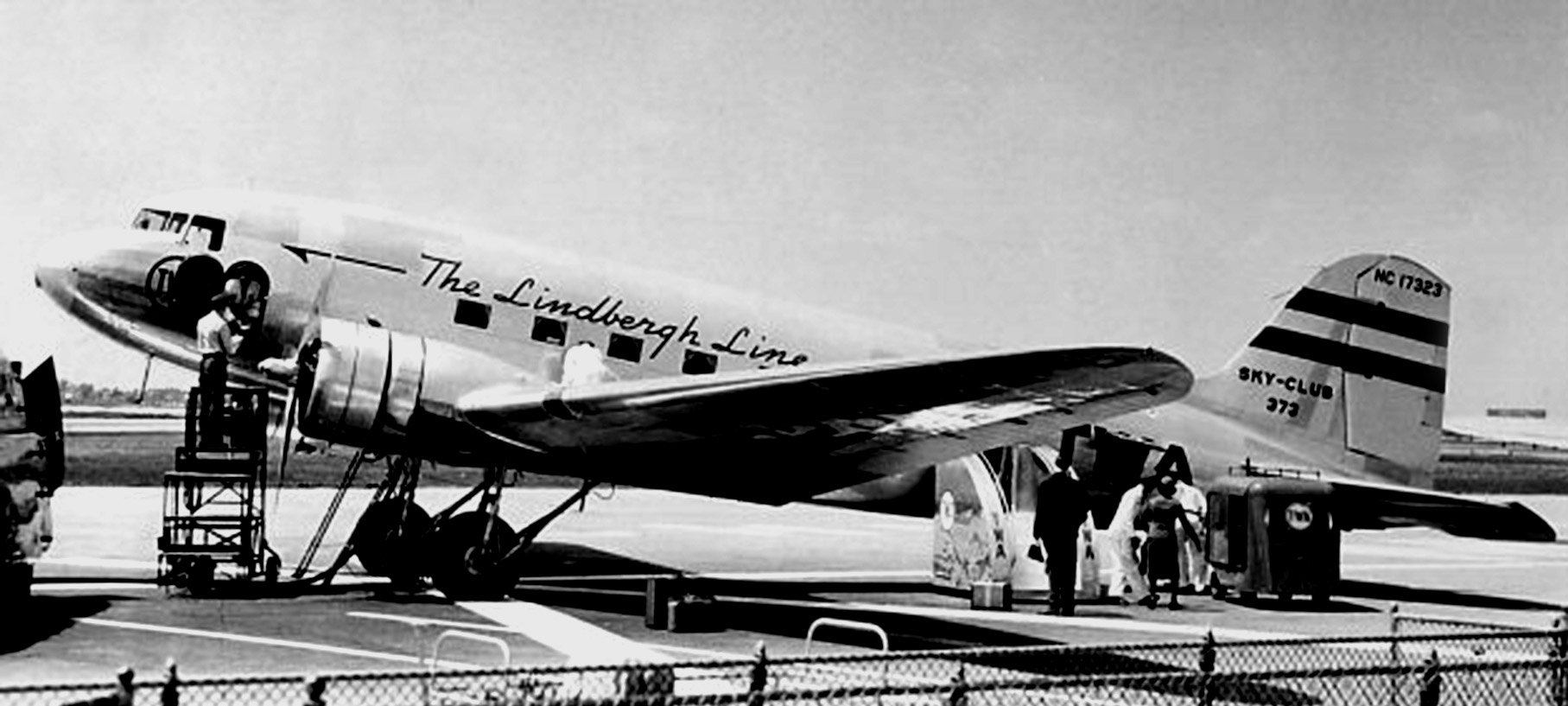

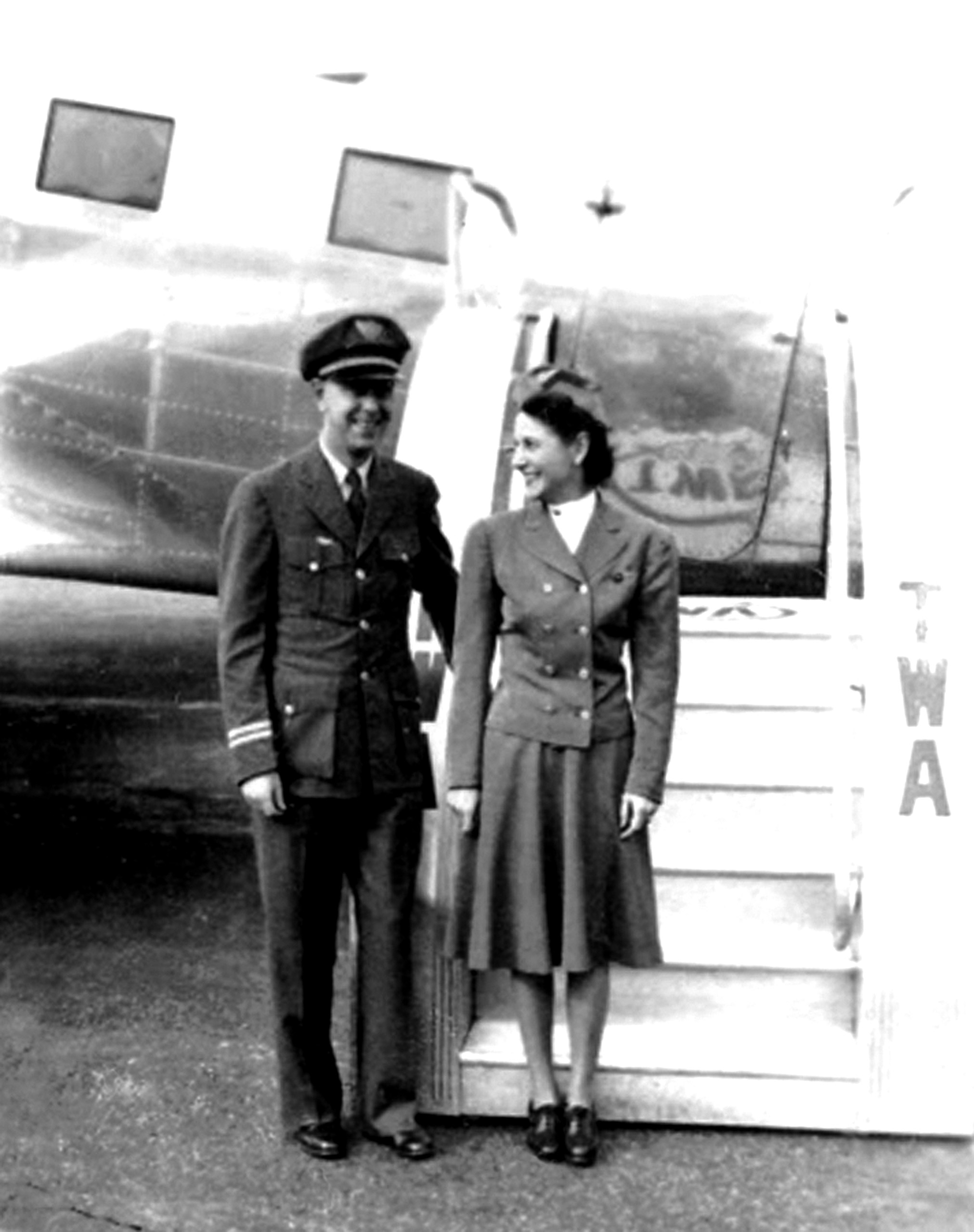
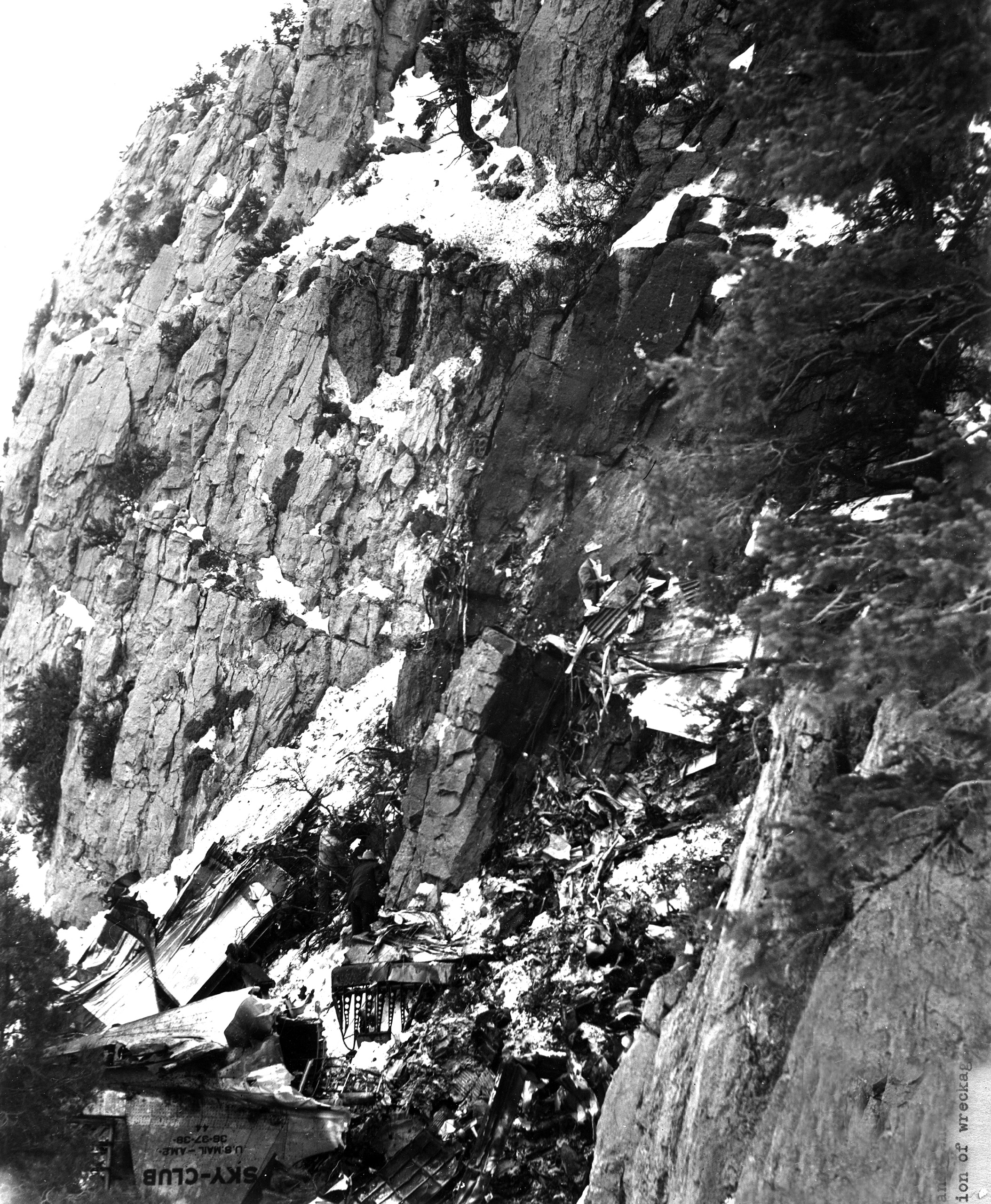



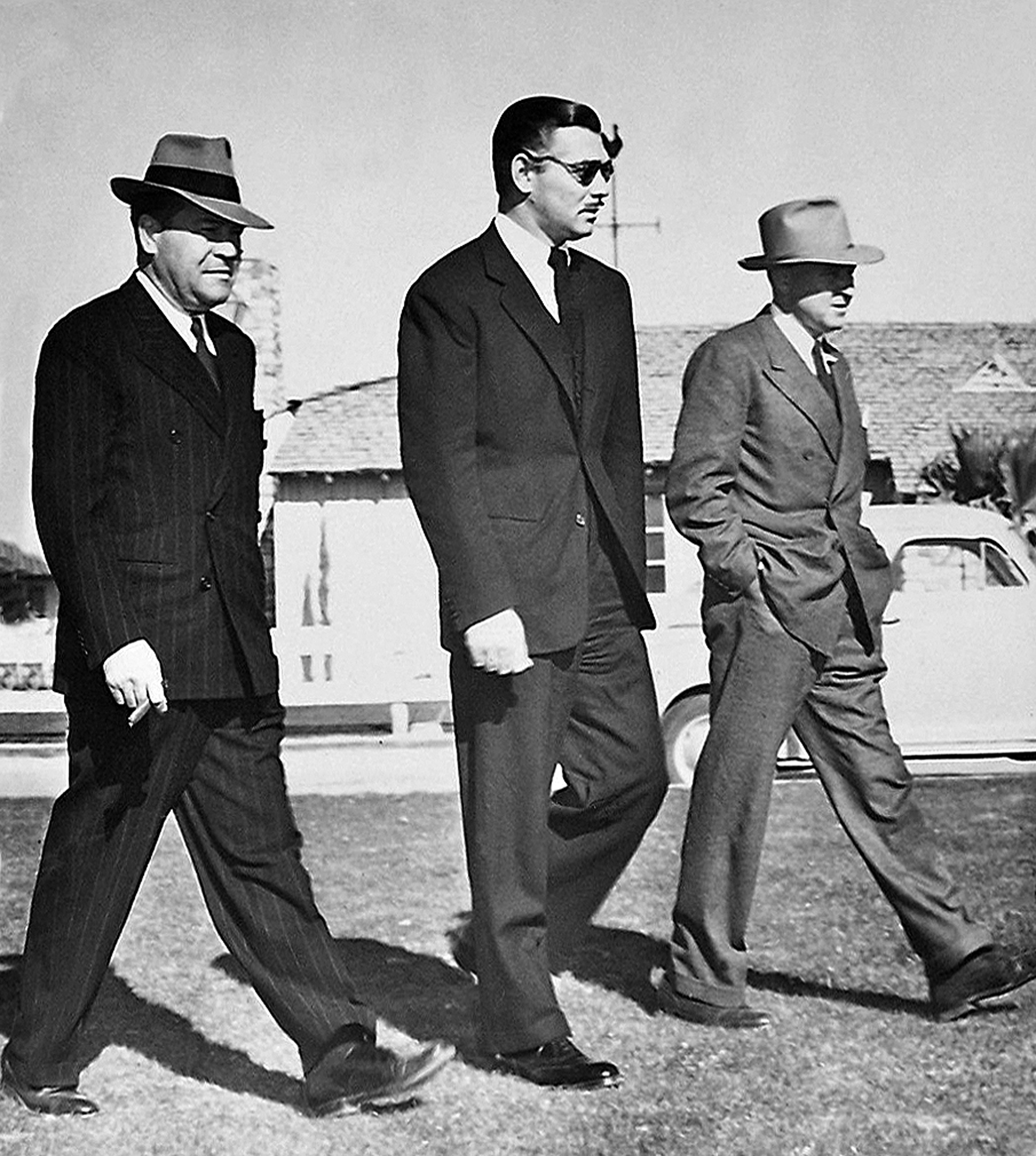
More Must-Reads From TIME
- The 100 Most Influential People of 2024
- Coco Gauff Is Playing for Herself Now
- Scenes From Pro-Palestinian Encampments Across U.S. Universities
- 6 Compliments That Land Every Time
- If You're Dating Right Now , You're Brave: Column
- The AI That Could Heal a Divided Internet
- Fallout Is a Brilliant Model for the Future of Video Game Adaptations
- Want Weekly Recs on What to Watch, Read, and More? Sign Up for Worth Your Time
Contact us at letters@time.com